Singapore Myths And Legends
Guide to Singapore Myths and Legends
Discover the Fascinating Stories Behind Singapore’s Rich Cultural Heritage
Singapore has a history of myths and legends, each story weaving together the threads of history, culture, and imagination. From tales of courageous princes and fierce warriors to haunting spirits and mythical creatures, these legends offer a glimpse into the beliefs and values that have shaped Singapore over the centuries. This guide explores the origins, evolution, and significance of some of the most captivating myths and legends of Singapore.
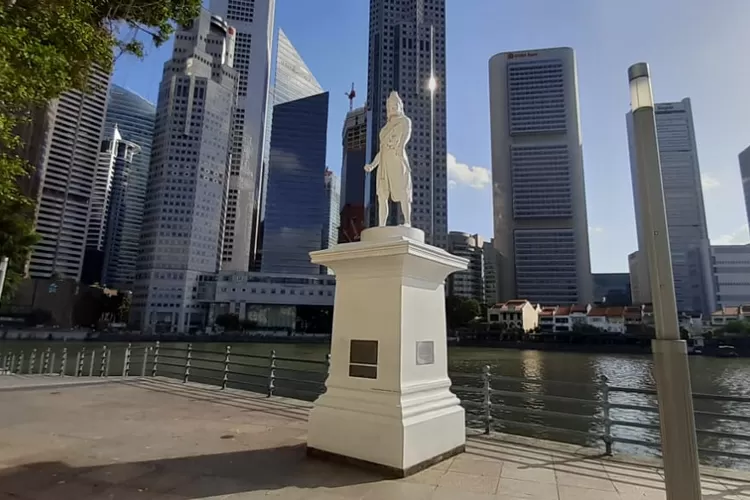
1. The Legend of Sang Nila Utama
Sang Nila Utama, a Srivijayan prince, is credited with founding Singapore. According to legend, he embarked on a hunting trip and, from afar, spotted an island with a majestic creature. Believing it to be a lion, he named the island "Singapura," which means "Lion City" in Sanskrit. The story, originating from the Malay Annals, symbolizes Singapore’s strength and courage, despite there being no lions native to the island. Over time, the legend of Sang Nila Utama has become a foundational myth, celebrating the city’s resilience and adventurous spirit.

2. The Curse of the Singapore Stone
The Singapore Stone, a large sandstone slab inscribed with ancient, undeciphered text, is linked to the legend of a strongman named Badang. This legend has roots in the Malay community, particularly along the banks of the Singapore River. According to the myth, Badang was a fisherman who gained supernatural strength after consuming the vomit of a water demon. He is said to have hurled the stone as a demonstration of his power, which landed at the mouth of the Singapore River. The stone, discovered in the 19th century, has since become a symbol of Singapore’s mysterious past and its connection to supernatural folklore.

3. The Legend of Redhill (Bukit Merah)
The legend of Redhill tells of a young boy who warned villagers about a swordfish attack in a coastal village. The boy suggested building a barrier of banana stems to protect themselves, successfully thwarting the fish. However, the Sultan, fearing the boy's growing influence, ordered his execution. His blood stained the hill red, giving the area its name, Bukit Merah, which means "Red Hill" in Malay. Originating from local Malay folklore, this legend has evolved over time to reflect themes of jealousy, bravery, and betrayal.
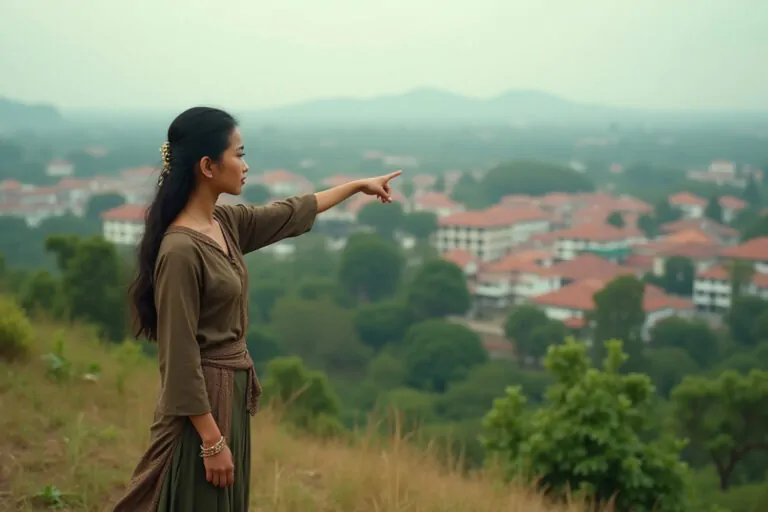
4. The Tale of Radin Mas
Radin Mas Ayu was a beautiful Javanese princess who fled to Singapore with her father after her mother's death. They sought refuge in the Malay community of Telok Blangah. According to the legend, Radin Mas sacrificed her life to save her father from a plot orchestrated by a jealous stepmother. This story highlights the themes of filial piety and courage. Over time, Radin Mas has become a symbol of devotion and bravery, with places like Radin Mas Primary School and Radin Mas Avenue named in her honor.

5. The Legend of Pulau Ubin
The story of Pulau Ubin tells of three animals—a pig, an elephant, and a frog—that challenged each other to swim from Singapore to Johor, with the loser turning into stone. None succeeded, and they transformed into the islands of Pulau Ubin, Pulau Sekudu (Frog Island), and Pulau Ketam (Crab Island). This tale originates from the Malay fishing communities and reflects the rich oral storytelling tradition that has evolved over time. Today, Pulau Ubin is a popular destination for those seeking to explore Singapore’s natural beauty and its mystical past.
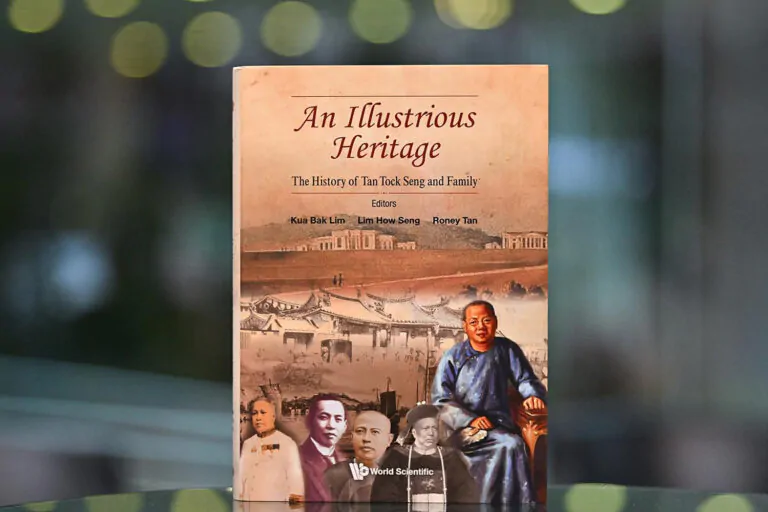
6. The Story of Tan Tock Seng
Tan Tock Seng, a prominent philanthropist in 19th-century Singapore, is celebrated for his dedication to the poor and sick. While his contributions to Singapore’s healthcare are well-documented, a legend surrounds his selfless dedication, suggesting that his generosity extended beyond the mortal realm. According to the myth, Tan Tock Seng’s spirit continues to watch over the hospital that bears his name. This story, cherished by the local Chinese community, underscores values of charity and compassion.

7. The Myth of Sisters’ Islands
The Sisters’ Islands are named after two sisters, Minah and Linah. Legend has it that when Linah was kidnapped by pirates, Minah swam after her in a desperate attempt to save her sister. A storm ensued, and both sisters drowned. Two islands emerged where they perished, symbolizing their eternal bond. This tale, rooted in the local maritime community, is often associated with themes of love, loyalty, and sacrifice. Today, the Sisters’ Islands are regarded as a sanctuary and a testament to the enduring spirit of sisterhood.
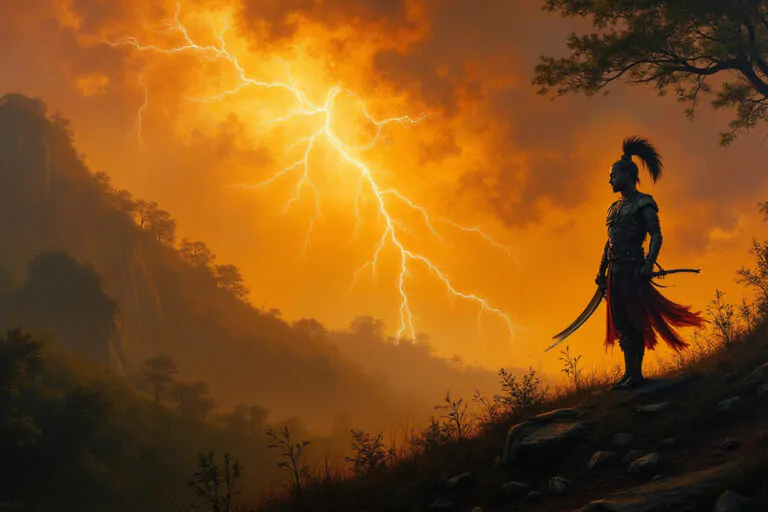
8. The Legend of Bukit Timah
The legend of Bukit Timah tells the story of a fierce tiger that terrorized the area now known as Bukit Timah. A brave Malay warrior named Hang Nadim eventually defeated the tiger, restoring peace to the land. The name "Bukit Timah" is thought to have derived from the Malay words for "tin hill." However, this legend adds a mythical layer to the area’s history, highlighting the courage and bravery of local heroes.

9. The Ghost of Changi Hospital
The Old Changi Hospital, built by the British in the 1930s, is said to be one of Singapore’s most haunted locations. During World War II, it was used as a prison camp by the Japanese, where many were tortured and killed. The hospital, now abandoned, has become the subject of numerous ghost stories and eerie tales. It is a popular spot for ghost hunters and those interested in the supernatural, reflecting the enduring fascination with the paranormal in Singaporean culture.
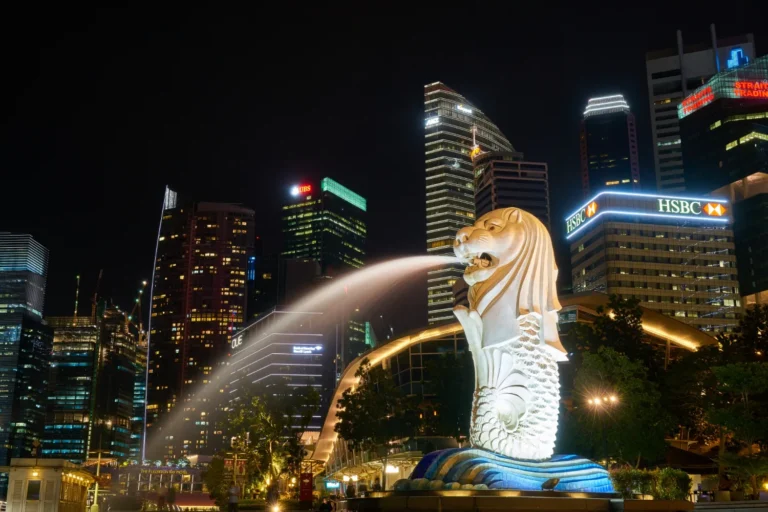
10. The Merlion Legend
The Merlion, Singapore’s national symbol, is a mythical creature with the head of a lion and the body of a fish. This legend is tied to Singapore’s origins as a fishing village, Temasek, and its name, Singapura, which means "Lion City" in Sanskrit. The Merlion represents Singapore’s maritime heritage and its transformation into a global city. Over time, it has become an iconic symbol, embodying the strength and resilience of Singapore’s people and their connection to the sea.
Frequently Asked Questions
1. Why are myths and legends important to Singapore's cultural heritage?
Myths and legends are crucial to Singapore’s cultural heritage because they help preserve the country’s historical narratives, values, and traditions. These stories reflect the diverse backgrounds of Singapore’s population, encompassing Malay, Chinese, Indian, and other cultures, and serve as a reminder of the nation’s multicultural roots and the shared history that unites its people.
2. How do myths and legends contribute to Singapore's national identity?
Myths and legends contribute to Singapore’s national identity by providing a sense of place and continuity. Stories like the Legend of Sang Nila Utama and the Merlion symbolize the founding and development of Singapore, reinforcing a collective identity and pride in the country’s unique history. These tales also foster a sense of belonging among Singaporeans by connecting them to their past.
3. In what ways do myths and legends influence Singaporean values and beliefs?
Myths and legends influence Singaporean values and beliefs by conveying moral lessons and cultural norms. Stories like Radin Mas and the Sisters’ Islands emphasize virtues such as loyalty, bravery, and filial piety, which are highly regarded in Singaporean society. These tales often serve as cautionary tales or inspirational stories, shaping the moral compass and ethical standards of the community.
4. How do myths and legends support Singapore's tourism industry?
Myths and legends support Singapore’s tourism industry by enhancing the appeal of various cultural and historical sites. Attractions like the Merlion Park, Kusu Island, and the Sisters’ Islands are popular destinations for both locals and tourists because of the fascinating stories behind them. These narratives add depth and intrigue to the sites, making them more attractive to visitors interested in Singapore’s history and culture.
5. Why are myths and legends significant in Singapore's education and storytelling traditions?
Myths and legends are significant in Singapore’s education and storytelling traditions because they serve as engaging tools for teaching history, culture, and values. Schools often incorporate these stories into their curriculum to help students learn about Singapore’s past in a captivating way. Additionally, these tales are shared through oral storytelling, books, and media, keeping the tradition alive and ensuring that future generations remain connected to their cultural roots.

We write rarely, but only the best content.
Please check your email for a confirmation email.
Only once you've confirmed your email will you be subscribed to our newsletter.
